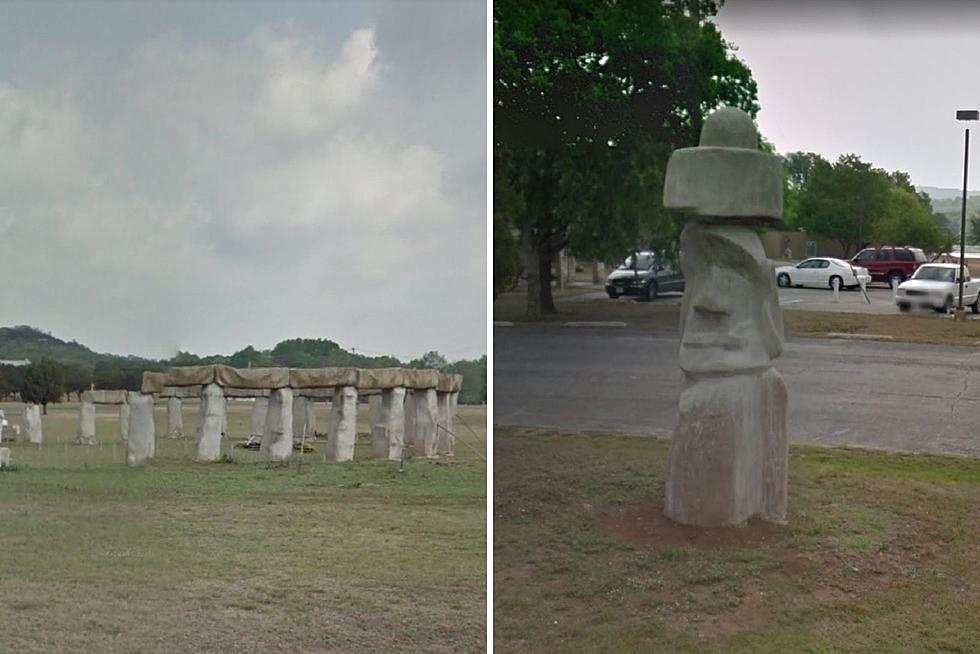![NASA’s Dawn Spacecraft Sends Sharper Scenes from Ceres – [VIDEO]](http://townsquare.media/site/521/files/2015/08/pia19631.jpg?w=980&q=75)
NASA’s Dawn Spacecraft Sends Sharper Scenes from Ceres – [VIDEO]
NASA's Dawn Spacecraft sent back some intriguing pictures from Ceres in the area astronomers have been puzzled by over the last few months; an area that is giving off an lot of light.
The closest-yet views of Ceres, delivered by NASA's Dawn spacecraft, show the small world's features in unprecedented detail, including Ceres' tall, conical mountain; crater formation features and narrow, braided fractures.
The area has been of interest since scientists have yet to explain why it is VERY reflective.
"Dawn is performing flawlessly in this new orbit as it conducts its ambitious exploration. The spacecraft's view is now three times as sharp as in its previous mapping orbit, revealing exciting new details of this intriguing dwarf planet," said Marc Rayman, Dawn's chief engineer and mission director, based at NASA's Jet Propulsion Laboratory, Pasadena, California.
At its current orbital altitude of 915 miles (1,470 kilometers), Dawn takes 11 days to capture and return images of Ceres' whole surface. Each 11-day cycle consists of 14 orbits. Over the next two months, the spacecraft will map the entirety of Ceres six times.
The spacecraft is using its framing camera to extensively map the surface, enabling 3-D modeling. Every image from this orbit has a resolution of 450 feet (140 meters) per pixel, and covers less than 1 percent of the surface of Ceres.
Take a tour of weird Ceres! Visit a 2-mile-deep crater and a 4-mile-tall mountain in the video narrated by mission director Marc Rayman. Get your red/blue glasses ready for the finale - a global view of the dwarf planet in 3D.
More information about Dawn is available at the following sites:
More From Mix 97.9 FM









